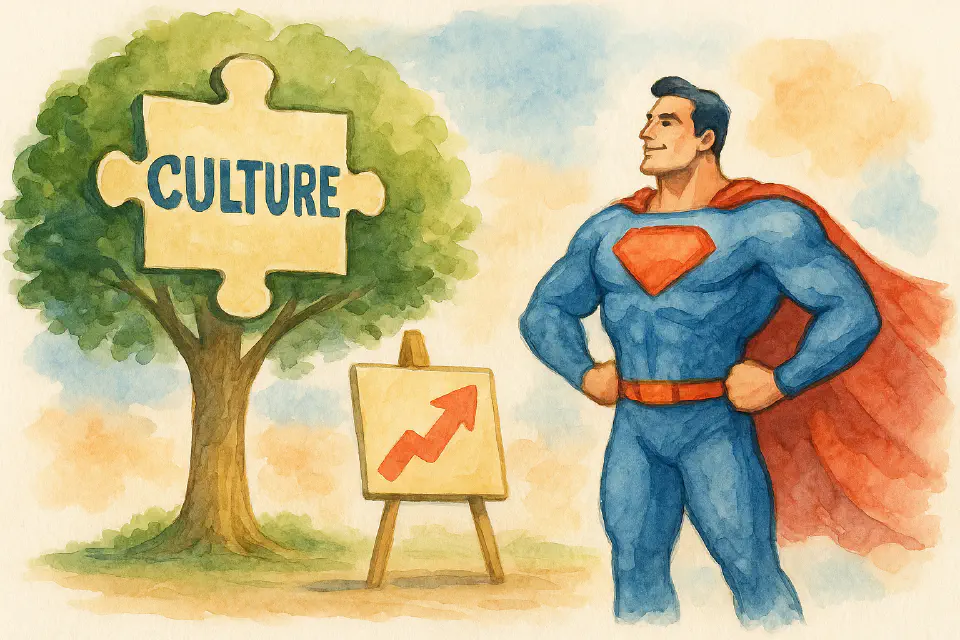
Culture as Strategy: Leveraging Organizational Identity
Your competitors can copy your product. But they can’t copy your culture. The smartest companies use that to their advantage.
Organizational culture isn’t just a nice-to-have. It’s a strategic operating system—one that determines how people behave, how decisions are made, and whether strategy sticks.
Why Culture Matters for Strategy
Culture shapes:
- How fast decisions happen
- How risk is managed
- Whether people act with autonomy or wait for permission
If your strategy requires speed, collaboration, or innovation—your culture better support it.
Culture vs. Climate vs. Values
- Values are what you say matters.
- Climate is how people feel day-to-day.
- Culture is what people actually do when no one is watching.
The Strategic Use of Culture
Top companies use culture to:
- Reinforce strategic priorities (e.g., innovation, customer obsession)
- Accelerate change by aligning behaviors
- Create emotional commitment to the mission
Culture becomes a barrier to entry—hard to imitate, deeply embedded, and sticky.
Culture Shaping as a Leadership Responsibility
Culture doesn’t live in posters—it lives in people. Leaders shape it through:
- What they reward
- What they tolerate
- What they model
HR’s Role in Culture Strategy
HR supports culture through:
- Leadership development
- Performance management systems
- Onboarding and rituals
- Storytelling and internal branding
- Feedback loops and listening systems
Risks of Ignoring or Misaligning Culture
- Culture clashes after mergers or leadership changes
- Strategic drift when behaviors don’t match priorities
- Toxic environments when culture isn’t actively stewarded
Conclusion
Culture is often invisible—but its impact is not. It drives decisions, behaviors, and results. For HR leaders, the opportunity is clear: Treat culture as a lever, not a label. Build identity intentionally, and your strategy will go further, faster.
Up next: We look at workforce capabilities—not job titles—that drive sustained competitive advantage.